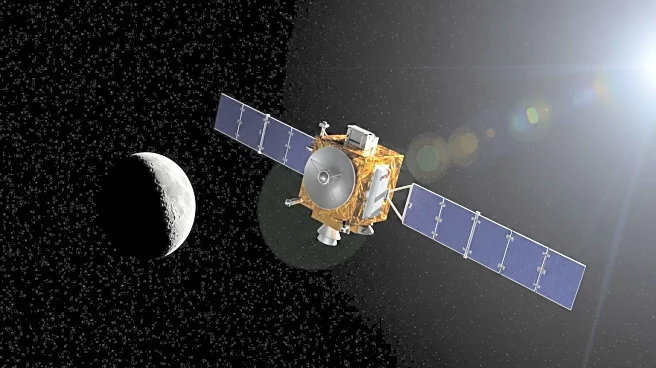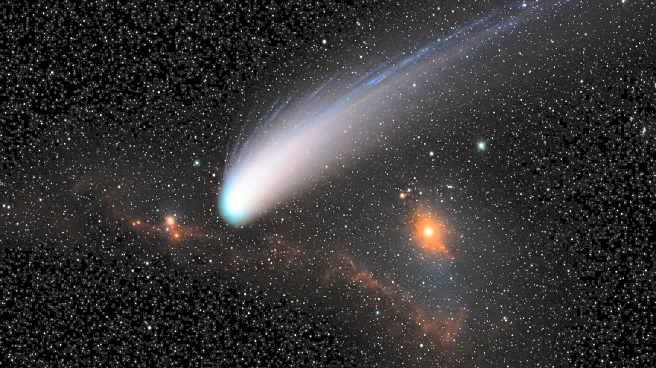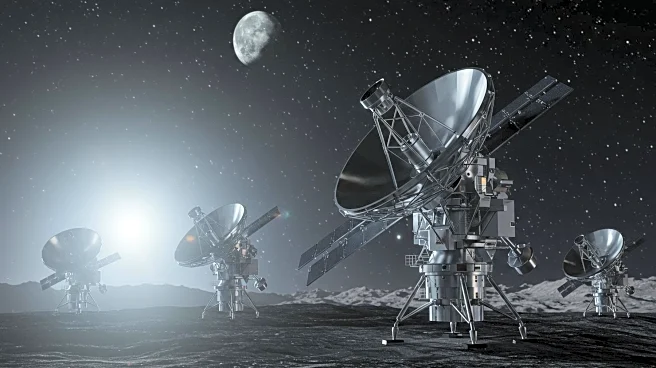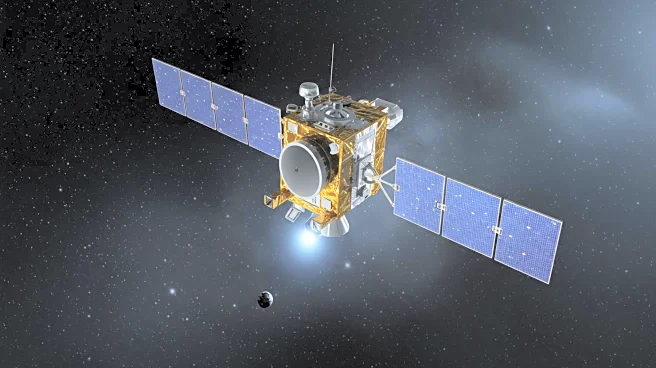Rapid Read • 7 min read
Research from NASA's Dawn mission has revealed that chemical energy inside the dwarf planet Ceres may have lasted long enough to fuel microbial metabolisms. The study, published in Science Advances, suggests that the transfer of water and gases from Ceres' rocky core to a reservoir of salty water could have created conditions suitable for single-celled lifeforms. Although there is no evidence of microorganisms on Ceres, the findings support theories that the planet may have once had conditions conducive to life. The Dawn mission, managed by NASA's Jet Propulsion Laboratory, has provided valuable data on Ceres' interior and its potential for supporting life.
AD
The discovery of potential life-supporting conditions on Ceres is significant for astrobiology and the search for extraterrestrial life. Understanding the chemical processes and energy transfer within Ceres can provide insights into the possibility of life on other celestial bodies. This research contributes to the broader exploration of the solar system, offering clues about the origins of life and the conditions necessary for its existence. The findings may influence future missions and studies focused on identifying habitable environments beyond Earth.
Further exploration and analysis of Ceres are needed to confirm the presence of life-supporting conditions and understand the planet's geological and chemical processes. Future missions may focus on collecting more data and samples from Ceres to investigate its potential for microbial life. Collaboration between international space agencies could enhance research efforts and lead to new discoveries about the planet's history and its role in the solar system.
AD
More Stories You Might Enjoy










